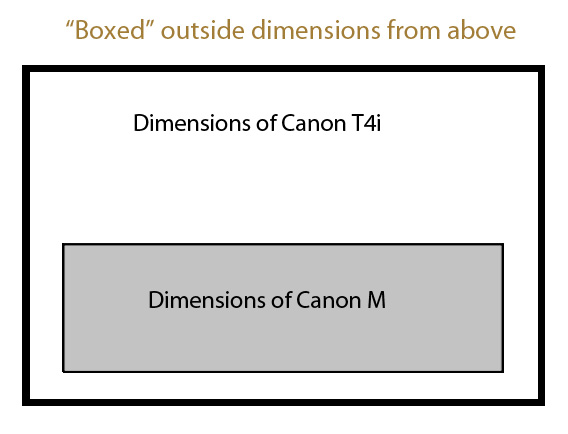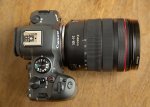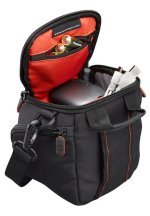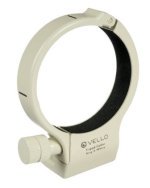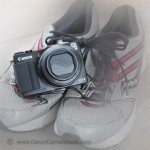Canon Mirrorless
Is the Canon mirrorless camera line-up any good? Now that so many of the newer Canon R mirrorless cameras have been added to the Canon M lineup line-up of mirrorless interchangeable lens cameras (MILC) we can review which cameras are worth it.
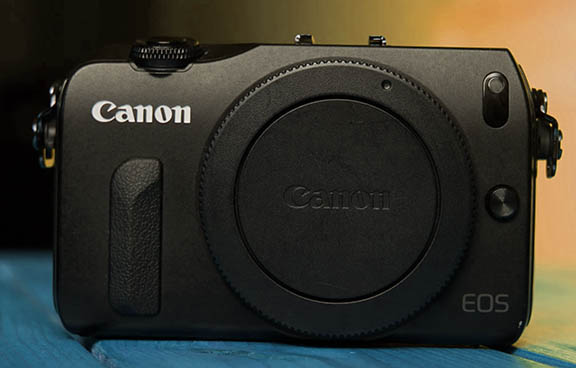 Is the Canon M mirrorless camera any good? Read on!
Is the Canon M mirrorless camera any good? Read on!With the addition of the latest Canon mirrorless camera models you can now find one that's worth it. Canon mirrorless cameras range from $288 to $5,999.00. The advanced focusing technology and in-camera image processing give great value at different price points. The EOS R7 and EOS R give you the most value for the money.
Look at the table below of Canon mirrorless cameras. The main advantages and disadvantages of each will help you choose whether the specific camera model is worth it.
| Canon CAMERA |
STRENGTHS | WEAKNESSES | GEEK RATING |
| EOS M Entry level. |
Very Compact. Smaller investment. | No Viewfinder. Super slow focusing. Wimpy handgrip. | 2.5 |
| EOS M3 Entry level. |
Compact and well designed. Solid image quality. | No Viewfinder. Super slow focusing. Short battery life. | 2.8 |
| EOS M50 II Midrange |
Solid DSLR-like grip. Electronic viewfinder and a fully articulating touchscreen. | Limited 4k video. Poor battery life. | 3.8 |
| EOS RP Midrange. |
Super affordable. Full frame image quality. | Moderate speed Dual Pixel focusing and slow burst rate. | 4.1 |
| EOS R Prosumer |
Super affordable. Full frame. Excellent focusing abilities. | Moderately fast 8 fps burst rate. Single memory card slot. Average battery life. | 4.7 |
| EOS R3 Professional |
Full frame. IBIS. Amazing focusing abilities. Super fast burst mode. Super long battery life. Vertical grip and controls. Very high resolution. | Most expensive option. Largest and heaviest. | 4.0 |
| EOS R5 Professional |
Full frame. IBIS. Newer focusing abilities. Fast burst mode. High resolution. Dual memory card slots. | Expensive. Focus is good, but not as good as the R7. Issus with 8k video. Larger and heavier. | 4.3 |
| EOS R6 Professional |
Full frame. Cheaper than R5. IBIS. Focuses fast. Fast burst mode. Dual memory card slots. Excellent in dim lighting situations. | Somewhat expensive. Medium resolution. Larger and heavier. | 4.6 |
| EOS R7 Semi-pro |
Super fast and accurate tracking focusing abilities. Fast burst shooting. Dual memory card slots. Long battery life. In-body image stabilization | Pricier. Smaller crop sensor. | 4.7 |
| EOS R10 Prosumer |
Compact and light. A lot of camera for the money, $500 less than the R7. Fast and accurate tracking focusing abilities. | One memory slot. Smaller crop sensor. Shorter battery life. | 4.5 |
Best Bang For The Buck
Which Canon mirrorless is the best value depends on the size of the sensor you want to have. You don't have to spend several thousand dollars on the pricier models to take amazing photos of a large variety of subjects.
FULL FRAME: I recommend the EOS R as the best choice if you want the quality that a full frame sensor will give you. Although it's a cheaper full-frame version, the EOS RP comes up a little short in performance.
The EOS R is affordable, but still performs very well. The other full frame sensor cameras in the Canon line-up are simply too expensive for the majority of the Canon Geek readers.
CROP FRAME: I recommend the EOS R7 as the best value for an APS-C crop sized sensor camera in the line-up. It performs so well with its advanced features and image quality with the high resolution 32 MP sensor is excellent.
For a smaller sensor camera with such a high resolution, you get surprisingly low noise levels when shooting with a high ISO. You get professional results at a hobbyist price.
Do some window shopping and price checking using the advertisements below.
As an Amazon affiliate Canon Camera Geek receives a small commission from qualifying purchases, at NO added cost to you.
The first Canon mirrorless camera, the EOS M, was pleasantly compact and had some positive features but came up short in several ways, including a disappointing lack of speed and sophistication in focusing.
The Canon M's 18.0 megapixel sensor is the same APS-C sensor used in the Canon T4i and the image quality is excellent but had harsh reviews from some of its users. It took a few years, but Canon learned from its mistakes.
It would have been great if Canon's new Dual Pixel auto-focusing system was used in the anticipated upgrade to the Canon EOS M. I confess that I personally have a bias against cameras without viewfinders. They limit you to composing your photos using the LCD screen like you do with your cell phone.
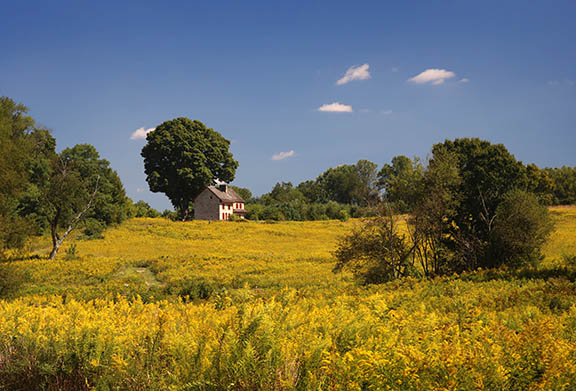 "Sunny Day at Meadow Garden."
"Sunny Day at Meadow Garden."Canon EOS R mirrorless camera.
I like a viewfinder when I'm composing landscapes.
The first couple of cameras in the EOS M series lack viewfinders. The M, the M2, and M3, as well as the M6 and M6 Mark II. Not all of Canon's compact mirrorless cameras lack a viewfinder, but it should be a big part of your decision on which one to choose as the best match for your shooting preferences.
I agree that optical viewfinders take some space. It's a space-saving feature to omit having one as part of a camera's design, but it's such a better experience to use either an optical or electronic viewfinder to take photos, especially in the bright outdoors.
Advantages of Canon Mirrorless Cameras
Whether it's the much criticized M line or the highly praised R line of Canons, there are several clear advantages of switching to a mirrorless camera in general.
1. SIZE. Without the mirror, glass, and bulk of a prism, these cameras are smaller and lighter than the traditional DSLR with interchangeable lenses. The smaller sizes makes mirrorless cameras more convenient to carry along with you. That means more potential photo opportunities through our day.
The graphic below show the huge difference is size between the popular Canon T4i and the Canon EOS M. The black rectangle shows the outside dimensions of the T4i if looking down from above. The gray box represents the Canon EOS-M.
2. DURABILITY. A second advantage is that there is less to break when you have fewer moving parts inside of your camera. Mirrorless cameras do not have the delicate mirror flipping out of the way each time you trigger the shutter.
3. TECHNOLOGY. The mirrorless cameras are a newer design than the traditional Canon DLSR format and have newer technology advances bult in.
4. LENS SELECTION. This is where the M line of Canon mirrorless may be less desirable than the R line of cameras. The line of R lenses has become much more extensive as well as the super extensive list of EF and EF-S lenses being able to fit R camera bodies with the adapter.
R Mount Versus M Mount Cameras
There are 11 different models of M mount Canons to choose from with no plans to continue releasing any new M camera models or EF-M lenses in the future. The mirrorless M cameras are limited to a choice of 8 different EF-M lenses. There are 5 EF-M zoom lenses and 3 EF-M prime lenses.
At the time of this post there are 9 R camera models and dozens of RF lenses with Canon releasing new R cameras and RF lenses frequently. Additionally you can use an adapter and mount any of the EF or EF-S lenses on your R camera.
To get mint condition, used EF and EF-S lenses for your mirrorless camera, check out the advertisement for KEH on this page. I use KEH for buying all of my used equipment.
Closing Thoughts on Canon mirrorless cameras
Mirrorless cameras were first introduced into the market in 2008 with Canon joining the race in 2012 with the release of the Canon EOS M. That means there has now been more than a decade of time to get a lot of feedback from Canon shooters on what they like and dislike and to make changes that make sense.
For me, the best mirror-less cameras should have the following features: A, advanced sensor and processor, a large selection of interchangeable lenses, a viewfinder, the ability to shoot "raw" photos, a hot shoe, and long battery life. I started with the EOS R as my first Canon mirrorless camera. See my thoughts on the EOS R here.
Your preferences will likely be a little different than mine, but the good news is that you can find the model that fits just right for YOU.
Have a blast. Shoot a Canon.


Bruce Lovelace is the publisher of Canon Camera Geek. Read more about him on the About Page. He also publishes how to articles and camera gear reviews at the Photography Tips website.
View some of Bruce's photos on Instagram and Flickr. Join the tribe of followers on YouTube. Bruce also runs photo workshops and provides 1 on 1 digital photography coaching.
Recent Articles
-
My Review of The 10 Best Canon R6 Mark II Features That Impressed Me
Apr 12, 25 08:51 AM
Beyond the Pixel: Discover the Game-Changing Features That Make the Canon R6 Mark II a Must Have Camera -
Canon RF 24-105 Lens Comparison. Guide To Which One Is Right For You
Apr 07, 25 12:47 PM
Which is the best of the 3 versions of the Canon RF 24-105mm Lens for Canon mirrorless cameras? What's The 24-105 Lens Good For -
3 Better Alternatives to Camera Bags From Canon. Helpful Guide To Bags
Apr 03, 25 11:51 AM
After searching for the top best selling Canon bags, I found 3 better alternatives to camera bags from Canon -
Canon 70-200 2.8 Tripod Collar. Article and Video of The Advantages
Apr 03, 25 11:02 AM
Some call it an optional accessory. I say a canon 70-200 2.8 tripod collar is a necessity when using this lens on a tripod or monopod. -
Running With The G1X Mark II, Acting Like a Kid, You Should Try This
Apr 03, 25 10:31 AM
Ever get a new "toy" and want to just play? I did.Got my new Canon compact camera. Went running with the G1x Mark II
